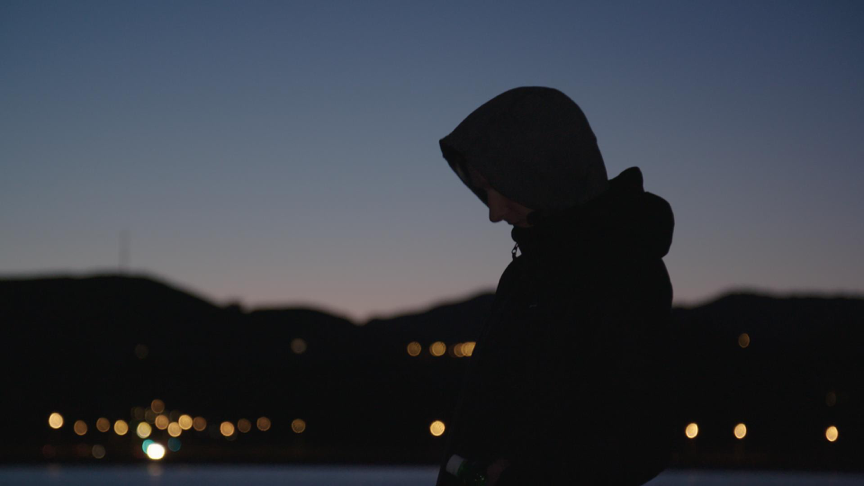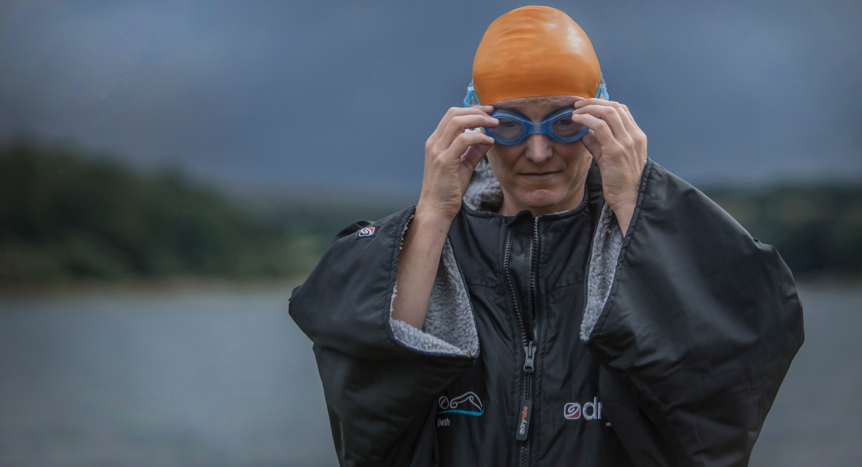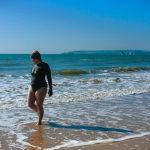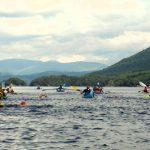
How To Make Great DIY Swim Films – Top Tips #3
'How To Make Great DIY Swim Films' is a series of six blogs with some of BAFTA-nominated director Stefan Stuckert's top filmmaking tips.
Our aim is to make a two-minute long film about a swim in November, using a smartphone. Last week, we discussed the importance of preparing shot lists, deciding on a format and some simple directions. So, let’s start filming!
1. The Basics

Hold your camera horizontal (not vertical) and film in a 16:9 aspect ratio; most films and TV programmes use this aspect ratio. Record in HD (1920 x 1080) and shoot in PAL (the European video standard) at 25 frames per second.
Note: some phones only allow you to record in 30 frames per second (the American NTSC standard); so if that’s all you have available, then use that.
2. Keep it simple

We’re not using any additional equipment; no lights, no tripod and no tracking device. We film handheld. It’s cheaper and faster.
Most smart phones use a single wide-angle lens. Avoid using the digital zoom (if available) to get close-ups, because it degrades the image quality. So, for closer shots of your subject, move physically closer. For wider shots, step away.
Light, especially sunlight, plays a crucial role in the mood of any film, so be mindful of where the camera is positioned in relationship to the sun. For example, a backlit shot of your swimmer (the sun is behind him/her and you’re filming into the sun) can look great but it will mean that their face will be dark.
Lots of cinematographers love filming during the “golden hour” (straight after sunrise or before sunset) because of the beautiful twilight atmosphere, so consider the time of the day you’re filming.
Be playful with composition; not everything has to happen in the centre of frame. Try out different techniques, the framing of your shot helps to tell the story just as much as the action itself!
3. Keep the edit in mind

This goes hand in hand with making a shotlist, but keeping the editing in mind whilst you’re filming will pay off big in the cutting room. For example, capturing reverse angles gives you more options when it comes to cutting your film together; is your subject looking out to sea? Shoot this scene looking at their face as well as from the back of their head.
Hold your shots for longer than you might think is necessary. As a rule of thumb, at least 10 seconds. Keep the camera as steady and controlled as possible and avoid jerky movements. Let the action unfold in front of you and follow it as best as you can.
Also, remember from last week, you don’t have to shoot everything in chronological order. For example, you can capture detailed shots of the surroundings after our swimmer has left. Filmmakers call this B-roll. It gives you more options during the edit.
That’s it. I’ll see you next week, when I will talk about sound!
Stefan Stuckert is the BAFTA-nominated director of ‘Oceans 7’, a feature documentary about the open-sea swimmer Beth French and her extraordinary challenge to swim across the world’s seven toughest sea-channels in a single year.
In order to help raise funds for shooting the last crucial scenes of the film, the Oceans 7 team are currently running a crowd funding campaign. They need your support, so, if you like the project, please make a pledge: http://bit.ly/O7-crowdfunding. They have some great rewards and 5% of all funds raised go to the charity Action for ME.







